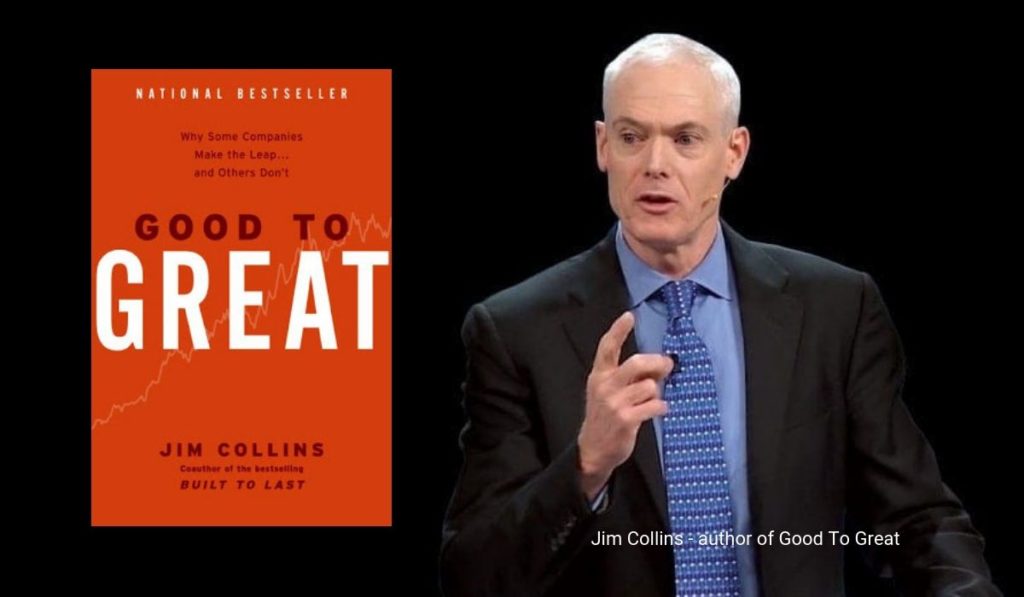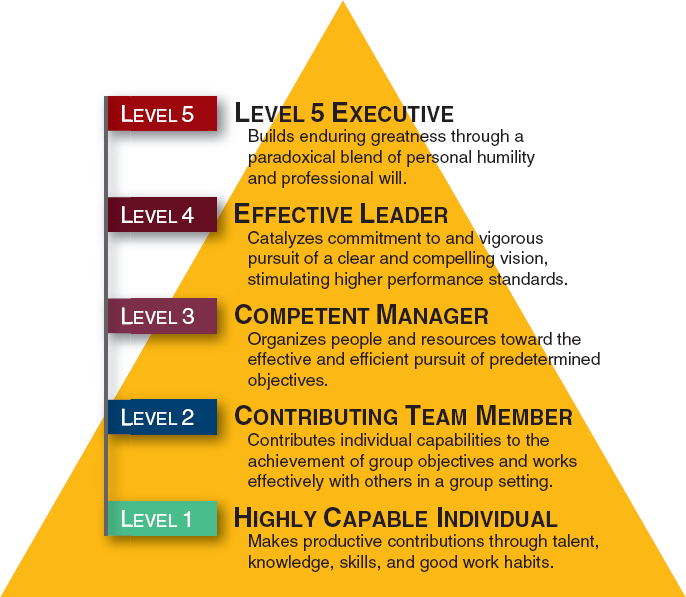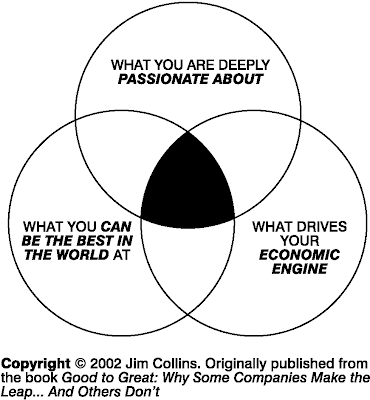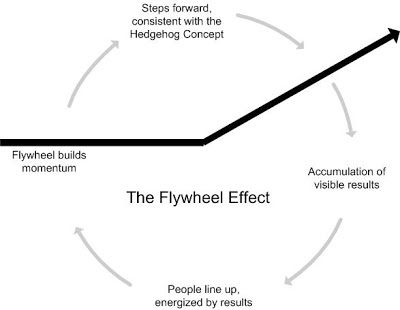
Courtesy of Jim Collins
Are charismatic superstar CEOs the answer to enduring success? What about dramatic mergers and acquisitions – aren’t those the panacea to ailing companies?
What about those awe-inspiring cutting edge technologies like virtual reality, artificial intelligence and blockchain? Surely those ought to at least have an impact on greatness, right?
Surprisingly (or perhaps unsurprisingly), the answer to these are “NO.”
Not at least according to “Good to Great”, a phenomenal business bestseller published in 2001 by renowned business author Jim Collins.
The fruit of an exhaustive study tracking the performance of Fortune 500 companies over a 30 year period, the book recorded that “good to great” companies had an average of 15 “good” years followed by 15 “great” years. During the latter years, their market valuations leapfrogged their industries by at least three times.
The 11 companies which made the cut?
Abbott, Circuit City, Fannie Mae (I’ll talk more about this case later), Gillette, Kimberly-Clark, Kroger, Nucor, Philip Morris, Pitney Bowes, Walgreens, and Wells Fargo.
According to Good to Great, the key ingredients behind enduring “greatness” stem from six key disciplines divided into three categories. These characteristics were common to these 11 firms, and they are:
Disciplined People
#1 Level 5 Leaders

Courtesy of The Name On The Front
Good-to-great companies are usually led by highly driven “Level 5” Leaders.
These are leaders who embody a paradoxical mix of personal humility and professional will. They are focused on producing sustained results while displaying a workmanlike diligence – more plow horse than show horse.
#2 First Who, Then What
Good-to-great companies began their transformations by getting the right people on the bus (and the wrong people off the bus) before figuring out what strategies to employ.
This philosophy is embodied in the statement “First Who, Then What.”
Contrast this with comparison companies that employ the “genius with a thousand helpers” model where discipline is imposed only by the sheer will, charisma and force of a “superstar” CEO.
Disciplined Thought
#3 Confront Brutal Facts (But Never Lose Faith)
Good-to-great companies Confront the Brutal Facts (Yet Never Lose Faith) in what they do.
They have cultures where their people have the opportunities to be heard and where the truth is ultimately heard. This is epitomised by the Stockdale Paradox which describes how you may retain absolute faith that you can prevail to the end despite the difficulties, and confront the most brutal facts of your organisation’s current situation.
#4 The Hedgehog Concept
Good-to-great companies adopt the Hedgehog Concept (ie they are focused on being the best at only a few things at a time).
To follow their sterling examples, your company companies can form a council comprising your leading executive and between 5 to 12 key members of the management. Your company’s council should then focus on asking the following three questions (which form 3 circles):
- What you can be the best in the world at;
- What you are deeply passionate about; and
- What drives your economic engine.

Courtesy of Good to Great (image source)
Disciplined Action
#5 Culture of Discipline
Good-to-great companies closely follow a strong Culture of Discipline. They often use words like rigorous, dogged, diligent, precise, fastidious, consistent, accountable and methodical in their corporate lexicon, and are characterised by having a “stop doing” list.
A culture of discipline involves getting people to adhere to a consistent system yet have freedom and responsibility within that framework – its about self-motivated people who display exreme diligence and a stunning intensity.
#6 Technology as an Accelerator
Good-to-great companies use Technology as an Accelerator, not a creator of momentum.
They do not chase after fads and shiny bright objects, yet become pioneers of carefully selected technologies. The key is that technology must fit into their Hedgehog Concept (three circles) and to respond with thoughtfulness and creativity, driven by a compulsion to turn unrealised potential into results.
#7 The Flywheel Effect
Beyond the application of Disciplined People, Disciplined Thought and Disciplined Action, the book also described how good-to-great companies build momentum through continued improvement and the delivery of results in a “Flywheel Effect” as seen below:

Courtesy of Good to Great (image source)
The idea here is to gather momentum in the organisation such that success builds upon success. Once positive results are visible, they can be used to energise the team to continue on their good work, resulting in a virtuous cycle aligned to the Hedgehog Concept.
Key Concepts From Built To Last
In the final chapter, Collins ties in key ideas in Good to Great with Built to Last (his earlier bestseller authored with Jerry I. Porras).
Key concepts in Built to Last such as Clock Building, Not Time Telling, Genius of AND, Core Ideology and Preserve the Core/Stimulate Progress are related to the six concepts highlighted above.
When Companies Don’t Stay Great
As a caveat, Collins highlighted that not all good-to-great companies will necessarily stay that way.
He mentioned that Gillette started faltering in 1998 when its leadership became distracted by non-core projects in the book. More recently, we’ve heard about Fannie Mae’s colossal demise and how the US government had to bail it out.
Thankfully, Collins has an answer to why great companies don’t stay great. This was elegantly captured in an article in Businessweek linked to his more recent book How the Mighty Fall.
Conclusion
Good to Great shows that there is no silver bullet or shortcut to corporate success.
Companies that make the cut do things the hard way and are willing to stick-it-out despite what naysayers (or Wall Street) says.
By emphasising the hiring of good people, building of robust cultures, and implementation of rigorous and disciplined systems, it provides a good road map for companies willing to bite the bullet and do what it takes to succeed in the long term.
Definitely highly recommended!


Thank you for the article!